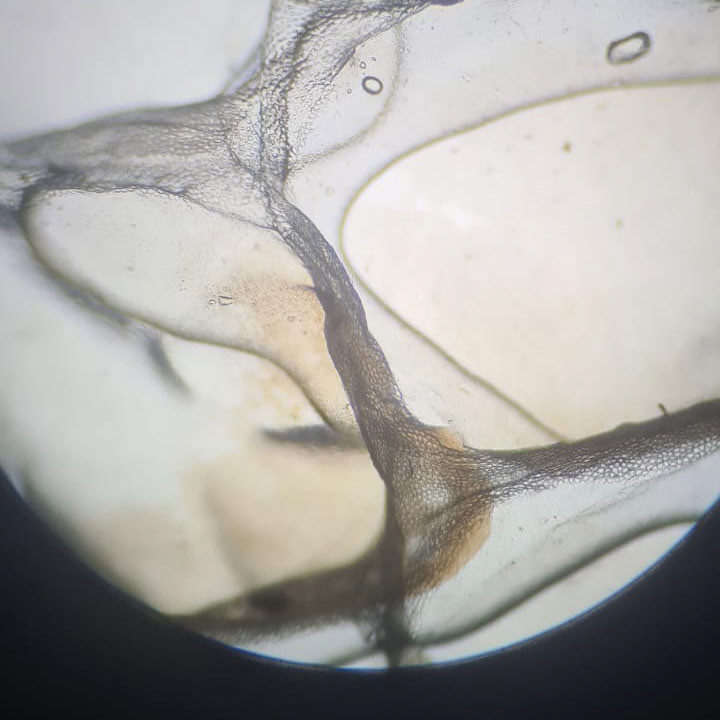CLIENT
Personal Project, Shenkar University Tel Aviv
WORK
Speculative Design
Editorial Design
AI Design
Second Skin is a speculative design project, which explores the adaptation of human skin to increasing UV exposure. By 2100, Israel faces extreme weather due to climate change, with temperatures reaching up to 50°C. To combat UV radiation,
a nomadic tribe has developed a self-generating, reptile-inspired material that protects the skin and can also be used for constructing tents.




STory
It is the year 2100, we are located in the center of Israel. Because of climate change the temperature has increased up to 50 °C during the day. Seasonal changes of weather conditions are extreme: heat waves with dry soil, besides floods and harsh storms are a yearly struggle for flora, fauna and us - humans. We have to move seasonally to find a new habitat with enough water and rich soil. During our yearly nomadic journey we are still exposed to UV-radiation, which is not manageable to human skin. Without any skin protection, we would literally burn under sunlight.
Therefore we needed a revolutionary new technology for human and environment to ensure survival. Inspired by reptile biology, the „second skin" was invented. Using the shattered reptile skin, we created a base for a new material which can grow on any surface which provides nutrition, like on top of human skin. If you add the reptile skin paste on top of human skin, it will grow its own UV-protective skin. Lightweight and durable, this new form of protective gear is a must-have for anyone living in harsh environments.
This new material is not only a pioneer idea to protect human skin, it is moreover a way to protect a whole environment, giving shade to plants and animals. The material can be used to construct complex architectural structures such as buildings, bridges and other outdoor infrastructure. A 3D printed grid of biological material is the base of the architectural buildings. The skin material is producing itself around the grid with the help of protein and sunlight. This new technology of tent-building is lightweight, durable and can be shaped into any design, making it a game-changer for architects and builders looking to create sustainable, energy-efficient structures that can withstand extreme heat and UV exposure.





EXHIBITION
The project was exhibited at Design Week Jerusalem 2023 with the topic of "Lies and Falsehood". Since its inception in 2011, the event has grown into Israel’s leading public design event, drawing over 40,000 visitors annually, with a focus on issues relevant to both Jerusalem and the global landscape.












